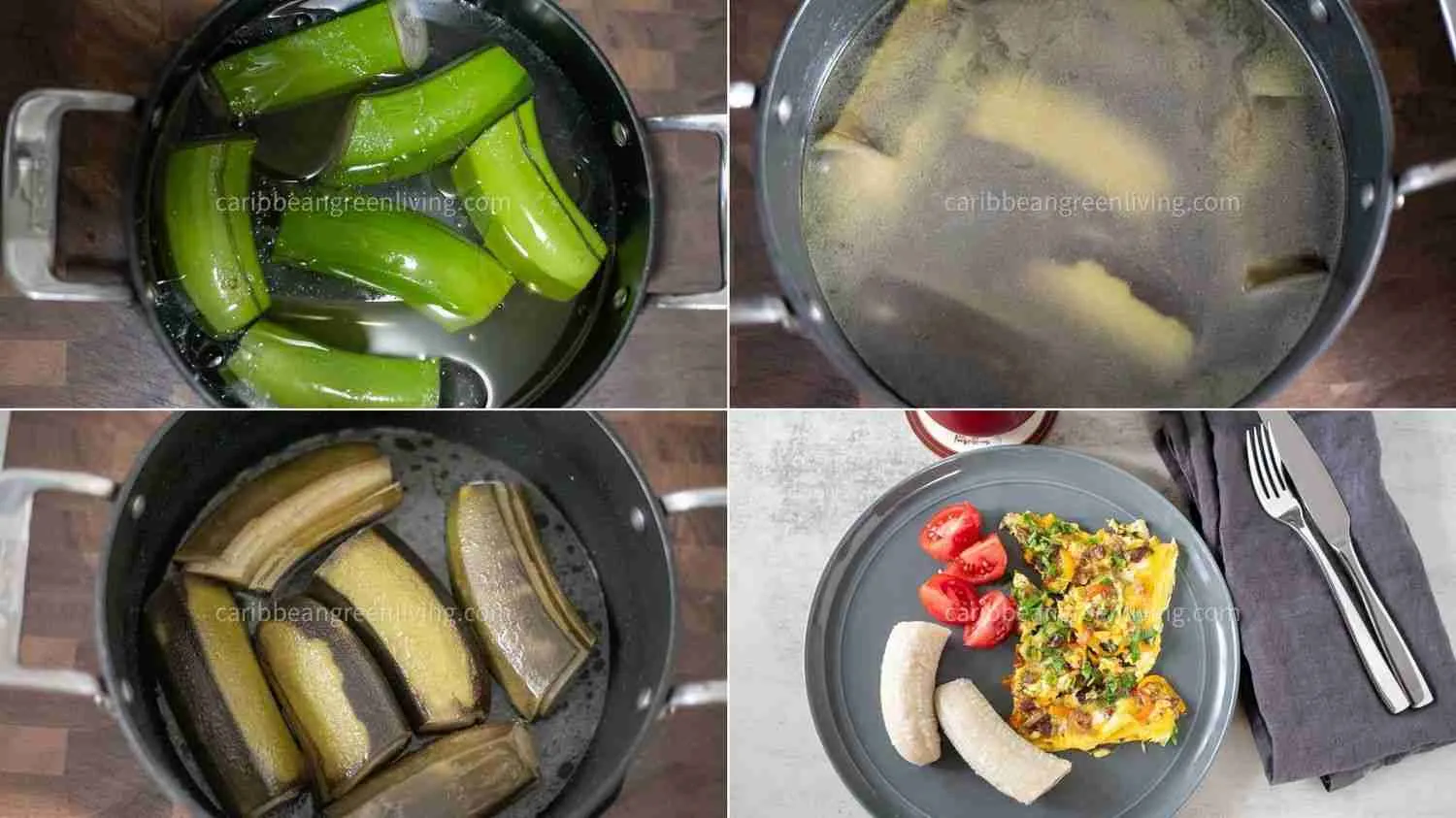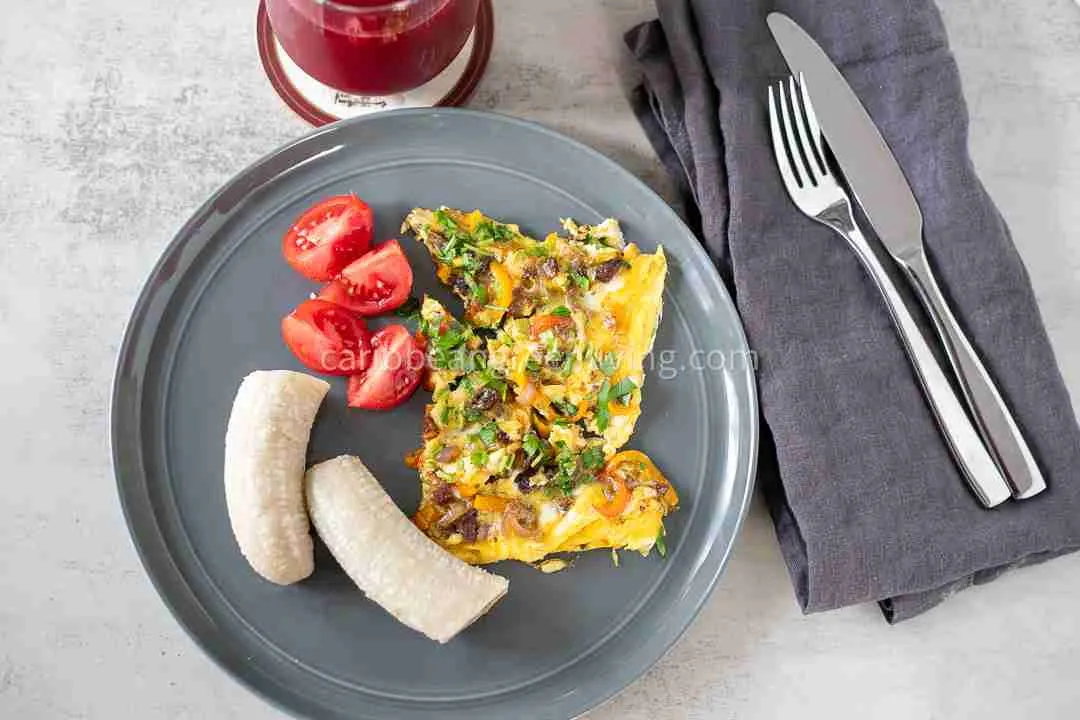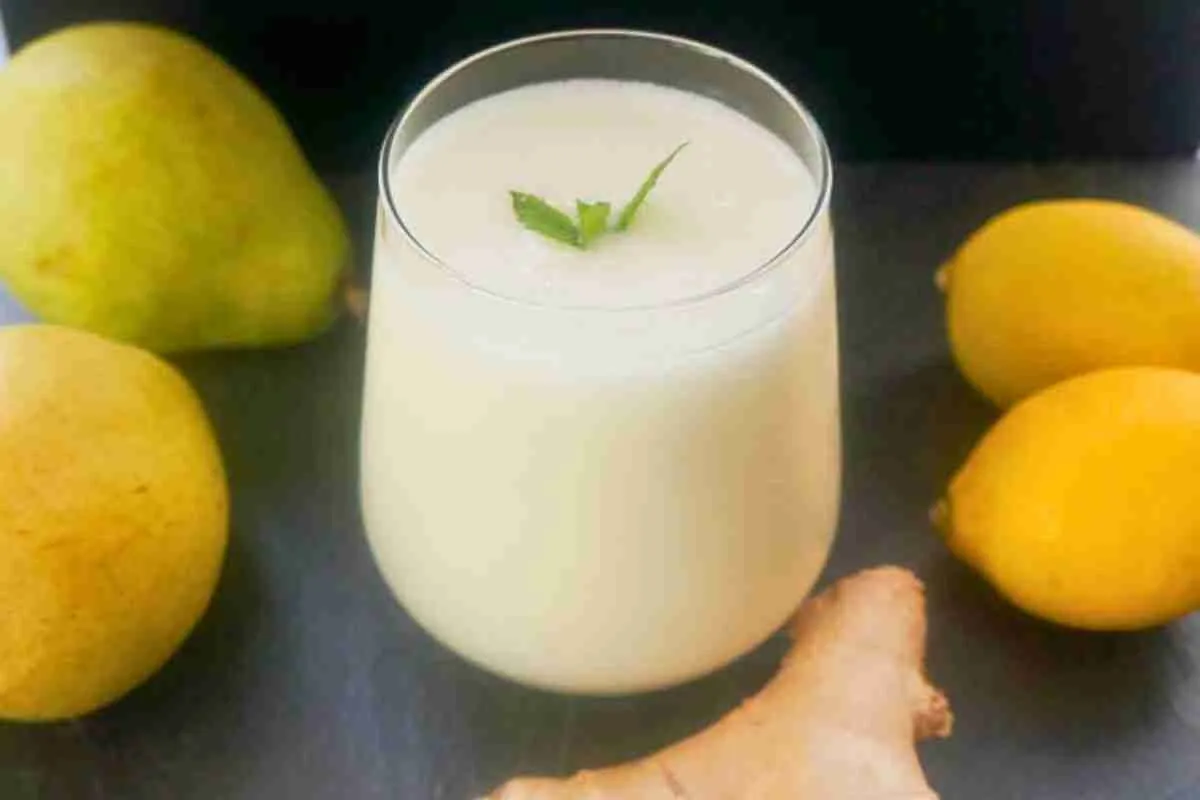Green Bananas: The Hidden Caribbean Staple
When you think of bananas, you probably picture the ripe, sweet yellow kind that you toss into smoothies or slice over cereal. But in Caribbean kitchens, green bananas — the firm, starchy, unripe version — are an everyday essential that often steals the spotlight from their ripe counterparts.
What Are Green Bananas?
Green bananas are unripe bananas that haven’t yet developed their natural sugars. Instead, they’re full of resistant starch, a type of carbohydrate that behaves more like fiber and supports gut health, stable blood sugar, and long-lasting energy.
Learn more about their nutritional benefits here: Are Green Bananas Good or Bad? – Healthline
Read the scientific study on resistant starch and green bananas via PubMed Central (PMC)
Green Bananas vs. Green Plantains
Let’s clear up a common confusion: green bananas are not the same as green plantains.
While they look similar, plantains are larger, tougher, and starchier. Green bananas are softer once cooked and have a milder flavor — perfect for pairing with meats, stews, or salted fish. In Haiti, Jamaica, and across the French Caribbean, boiled green bananas often share the plate with salted cod, callaloo, or stewed meats.

How to Cook Green Bananas
How to Cook Green Bananas
Green bananas are incredibly versatile and can be prepared in several ways — boiled, fried, steamed, baked, or even turned into salads and porridge. Here are the most common (and delicious) ways to enjoy them:
- Boiled: The most traditional method. Wash and trim the ends, then place them in salted water with the skin on and boil for about 15–20 minutes until tender. Reasons to boil them in their skin:
- It prevents the flesh from darkening, helping preserve its natural color.
- There’s no need to peel the skin, which is firm and can be tough to remove when raw.
- Boiling with the skin means they won’t become overly soft or waterlogged.
- You’ll get better taste and texture, slightly firmer and more flavorful.
- It leads to less cleanup and mess in the kitchen.
- Plus, you can refrigerate them in their skin for short-term storage and easily reheat them later.
- Fried: Peel, slice, and fry in hot oil for a crisp, savory snack or side dish — or flatten and fry twice to make tostones.
- Baked or Roasted: Roast them whole or peeled until tender for a low-oil option.
- Steamed: Steam green bananas for a light, nutrient-packed side dish.
- Salad or Porridge: Mix boiled bananas into salads for extra body or mash them into porridge for a hearty Caribbean breakfast.
- Serve with Ground Provisions: Combine with other root vegetables like yam, cassava, or sweet potato for a traditional island-style platter.
Once cooked, green bananas pair beautifully with spicy sauces, fish, legumes, or roasted meats. You can even mash them with olive oil and garlic for a rustic Caribbean-style side.sted vegetables. You can even mash them with olive oil and garlic for a rustic Caribbean-style side.
How to Cook Green Bananas (Step-by-Step Guide)
- Step 1: Prep the Pot
- Fill a large saucepan or stockpot about ¾ full of water.
- Add 2 tablespoons olive oil, a pinch of salt (optional), and a few drops of lemon juice or vinegar.
- The acid helps preserve color and adds a subtle tang.
- Bring the water to a boil.
- Step 2: Prep Your Hands
- Rub your hands with a little olive oil or wear gloves to avoid sticky sap stains.
- The oil helps protect your skin and makes cleanup easier.
- Step 3: Trim and Score the Bananas
- Place the green bananas on a chopping board.
- Trim just the tips (top and bottom) — don’t remove them completely.
- Use a sharp knife to lightly score the peel lengthwise — deep enough to cut through the skin but not into the flesh.
- Repeat for all bananas.
- Step 4: Boil the Bananas
- Once the water is boiling, carefully add the bananas with the skin on.
- Boil for 15–20 minutes, depending on size.
- If the water bubbles too vigorously, reduce the heat to medium-high.
- Keeping the peel on:
- Prevents darkening.
- Keeps the texture firm (not mushy or waterlogged).
- Locks in flavor and makes cleanup easier.
- Step 5: Check for Doneness
- After 15 minutes, remove one banana with a slotted spoon.
- Prick with a fork — it should be soft and fork-tender, not falling apart.
- If still firm, return to the pot for a few more minutes.
- Step 6: Drain and Cool
- Turn off the heat and carefully drain the water (use a colander if needed).
- Let the bananas cool slightly before peeling.
- Step 7: Peel and Serve
- Once cool enough to handle, use your fingers or a knife to peel away the skin — it should come off easily.
- Serve warm as a side dish with your favorite Caribbean meals:
- Breakfast: with eggs, smoked herring, or salted codfish in Creole sauce.
- Lunch: with chicken, beef, legumes, or seafood in tomato-based Creole sauce.


Gemma’s Tip:
- If not serving right away, keep the boiled bananas in their skin and in the hot water for up to 24 hours, then reheat before serving.
- For longer storage, refrigerate (without water) in an airtight container for up to two days and reheat in warm water when ready.
Green Bananas as a Caribbean Side Dish
In Caribbean homes, green bananas are more than just an ingredient — they’re a reliable side dish that fits comfortably into almost any meal.
At breakfast, they’re often boiled and served alongside eggs, smoked herring in Creole sauce, or salted codfish in Creole sauce — a hearty and flavorful start to the day.
By lunchtime, they’re typically boiled and paired with gizzards, liver, chicken, beef, legumes, or seafood, all drenched in rich, flavorful Creole sauce (tomato sauce) — the flavorful backbone of Caribbean cooking.
But the versatility doesn’t stop there. You can:
- Steam them for a light, healthy option.
- Boil them and serve with ground provisions for a traditional island meal.
- Fry them to make delicious, crisp, golden tostones.
- Toss them into a salad for a filling side.
- Or even cook them into porridge—a comforting, energy-boosting breakfast. Have you tried our Plantain Porridge yet?
In many Haitian households, including my own, we often fry ripe or yellow plantains rather than cook green bananas. We usually let the green ones ripen naturally so we can enjoy them later as sweet bananas — a perfect reminder that Caribbean cooking is all about patience, flavor, and making the most of what nature gives us.
Tips for Buying and Cooking Green Bananas
- Choose firm, bright green bananas without brown spots or cracks.
- Store them at room temperature if you’ll cook them soon; refrigerate to slow ripening.
- When peeling raw green bananas, wear gloves or coat your hands with oil — the sticky sap can stain.
- Always boil with the skin on to help the banana keep its shape and firm texture.

The Bottom Line
Green bananas might not look glamorous, but they’re a quiet powerhouse — full of nutrients, affordable, and endlessly adaptable. From hearty breakfasts to elegant side dishes, this humble staple proves that simple ingredients can have a big impact.
Next time you’re planning your island-inspired meal, skip the plantains for a moment and give green bananas their well-deserved spotlight.
Here’s how to boil green bananas:

Boiled Green Bananas Recipe
Equipment
- Large saucepan or stock pot (preferably an older pot — the skin may stain)
- Kitchen Tong or Slotted spoon
Ingredients
- A bunch of green bananas or as many as needed
- Room temperature water to fill a large saucepan
- 1 teaspoon sea salt or kosher salt optional
- A few drops of lemon juice or vinegar optional, for color and flavor
- 1 tbsp olive oil or, vegetable, sunflower, or grapeseed oil)
Instructions
Prepare the pot:
- Fill a large saucepan or stockpot with water about ¾ full. Add oil, salt (if using), and a few drops of lemon juice or vinegar, and set aside.
Prep the bananas:
- Green bananas release a sticky sap that can stain. Wash the bananas under running water. You can either wear gloves when handling to protect your skin or hold the banana with a paper towel to trim and score it.
Trim and score the bananas:
- Place each green banana on a cutting board. And while holding one end, trim the top, turn it around, and trim the other end.
- Using a sharp knife, lightly score the skin lengthwise — deep enough to pierce the peel but not cut into the flesh. Cut the banana in half if preferred. Set aside and repeat for all the bananas.
Boil the bananas:
- Carefully place the bananas (with their skin on) into the pot of water.
- Bring to a boil and cook for 15–20 minutes, until tender, under medium to high heat.
Check for doneness:
- Prick gently with a fork — it should be soft and fork-tender but not mushy. Use a slotted spoon or a kitchen tong to remove one banana.
Drain and cool:
- Turn off the heat, carefully drain the water (use a colander if needed), and let the bananas cool completely.
Peel and serve:
- Once cooled, remove the skin — it should come off easily. Serve warm with your favorite Caribbean dishes.
Notes
- Give them a good wash before cooking to remove any dirt or sticky sap.
- Wear gloves before handling to protect your skin.
- Pick firm, bright green bananas with no yellow spots — once they start turning yellow, they’re on their way to ripening.
- Add salt to the boiling water if you like a lightly seasoned flavor.
- A splash of lemon juice or vinegar helps keep the bananas looking bright and adds a hint of tangy flavor.
- For the best quality, shop at local Caribbean, Latin, or Asian markets where green bananas are a staple. You may also find them at your local markets in the produce section.
- Don’t overcook! Too much time in the pot will make them soft and waterlogged, even with the skin on.
- Use a large pot (at least 2 quarts/2 liters) so the bananas cook evenly without crowding.
- Dark skin after cooking? Totally normal. The heat naturally darkens the peel, but the flavor stays the same.
- Add olive oil to the pot to prevent staining and sticky residue.
- If you’re not serving right away, keep the bananas in their skin and in the cooking water for up to 24 hours, then reheat before serving. Make sure the water barely covers the bananas.
- For longer storage, refrigerate in an airtight container (without the skin and water) for up to two days. When ready to enjoy, reheat in a small amount of warm water.
- Want to be an adventurous foodie? Remove the bananas from the cooking water and set them aside. In a skillet, add oil and sautee peppers, onion, and garlic for about 1-2 minutes. Add the sliced bananas and season with salt and pepper, and continue to sautee for about 3 – 5 minutes until the bananas are hot and have absorbed the seasonings. Remove from the heat and serve. And voila! You have a new and flavorful dish.
Nutrition
Please keep in mind that nutritional information is a rough estimate and can vary greatly based on the products used.
Nutrition info is automatically generated and provided as a courtesy and as an estimate only.






